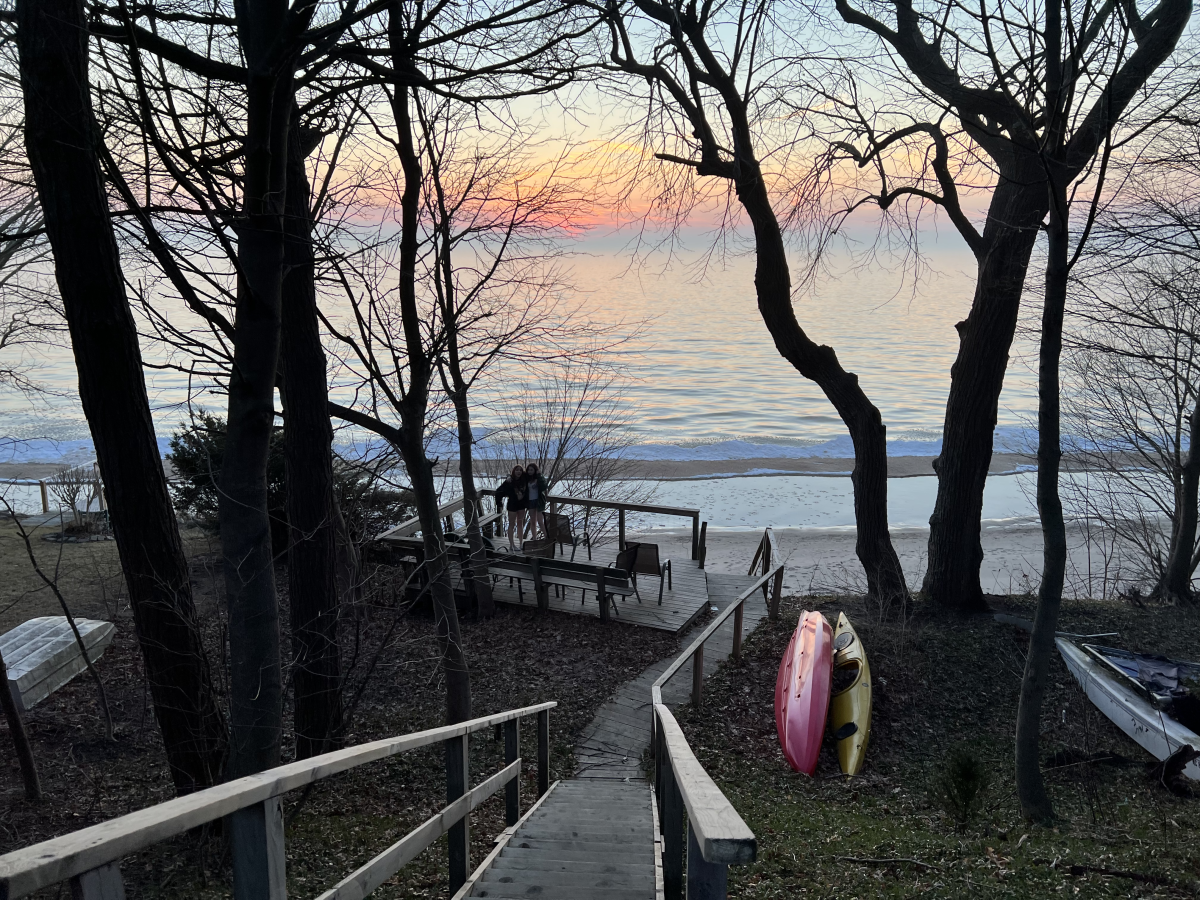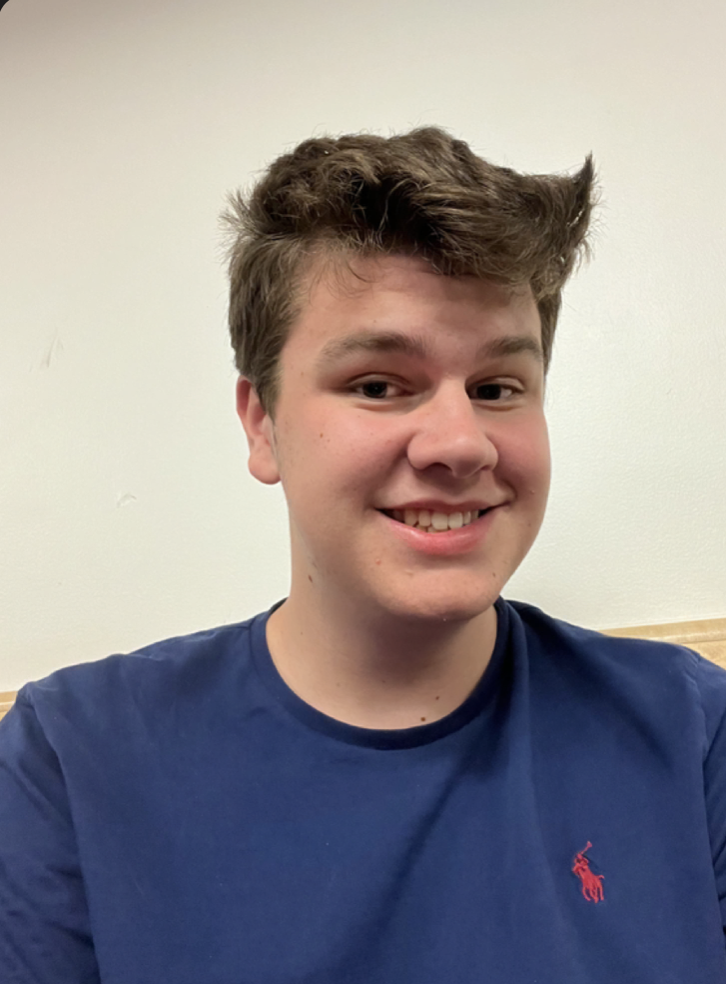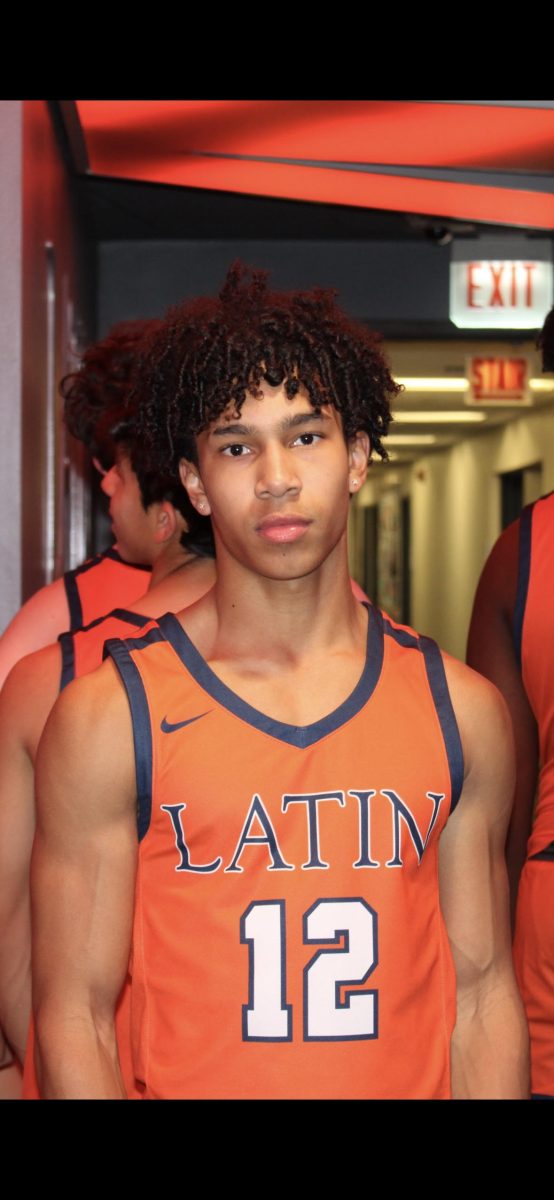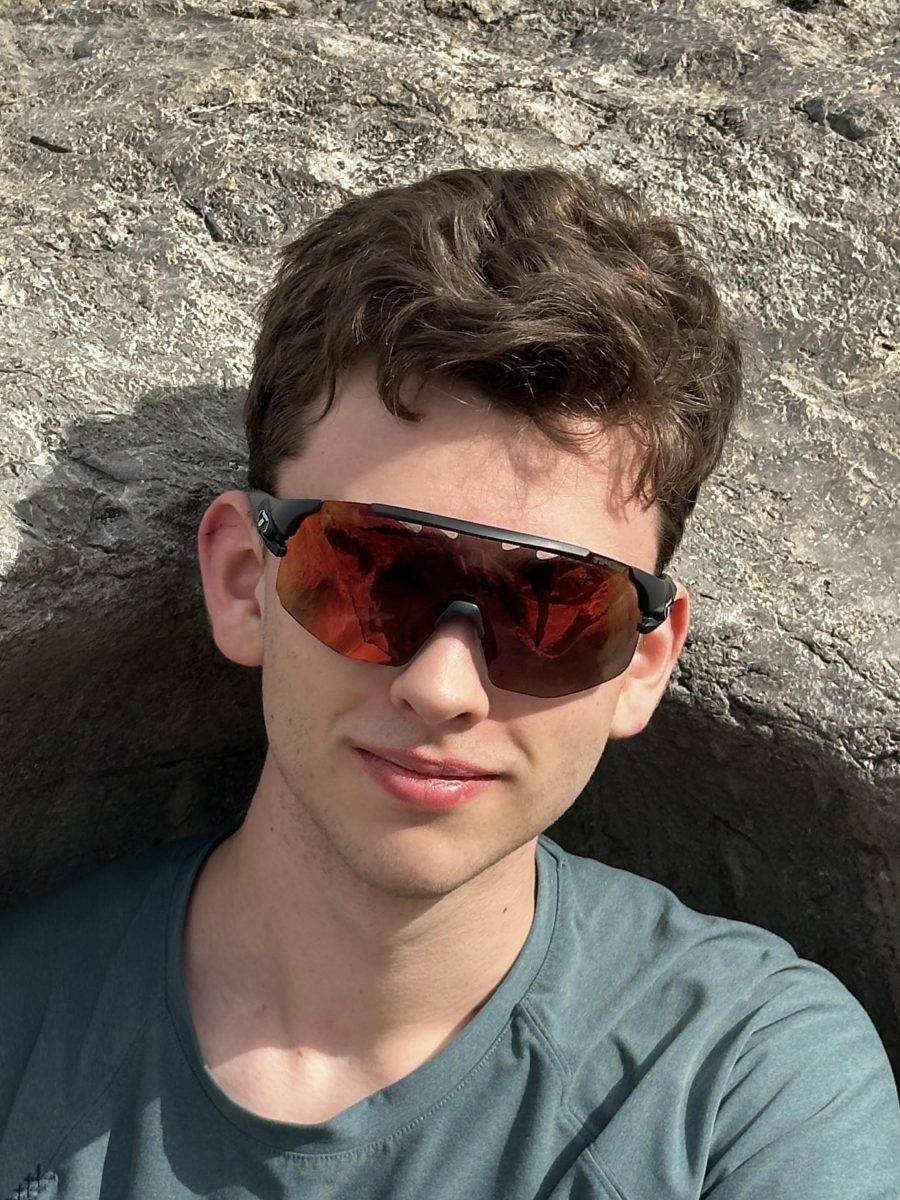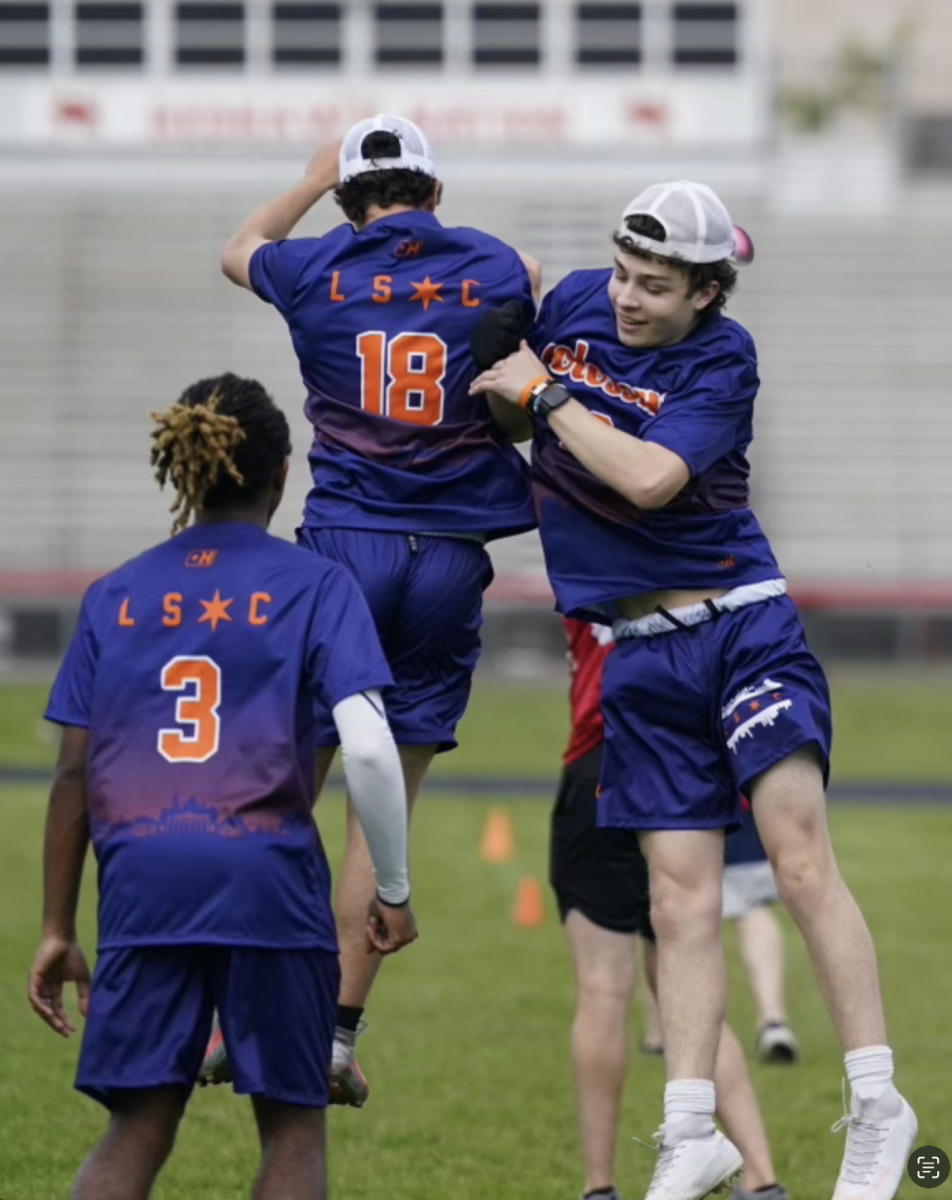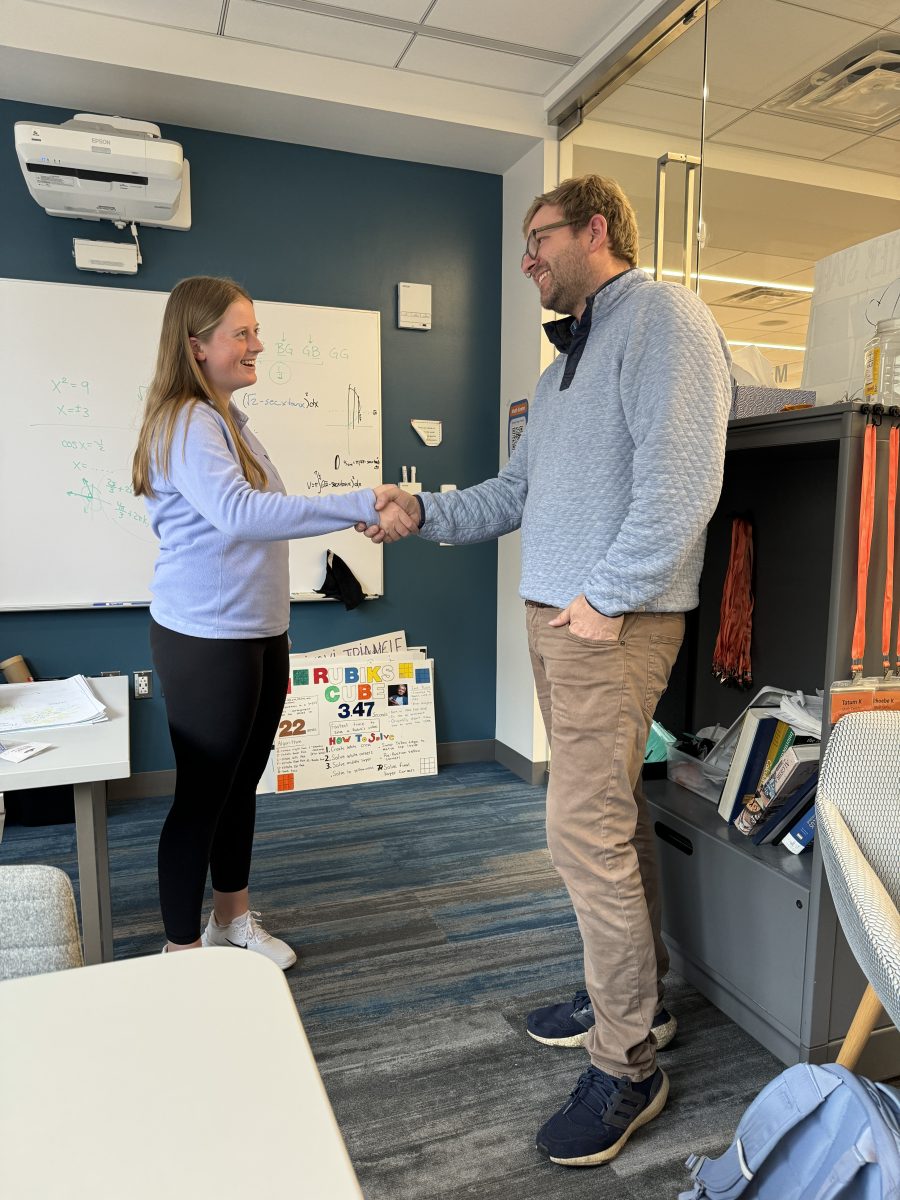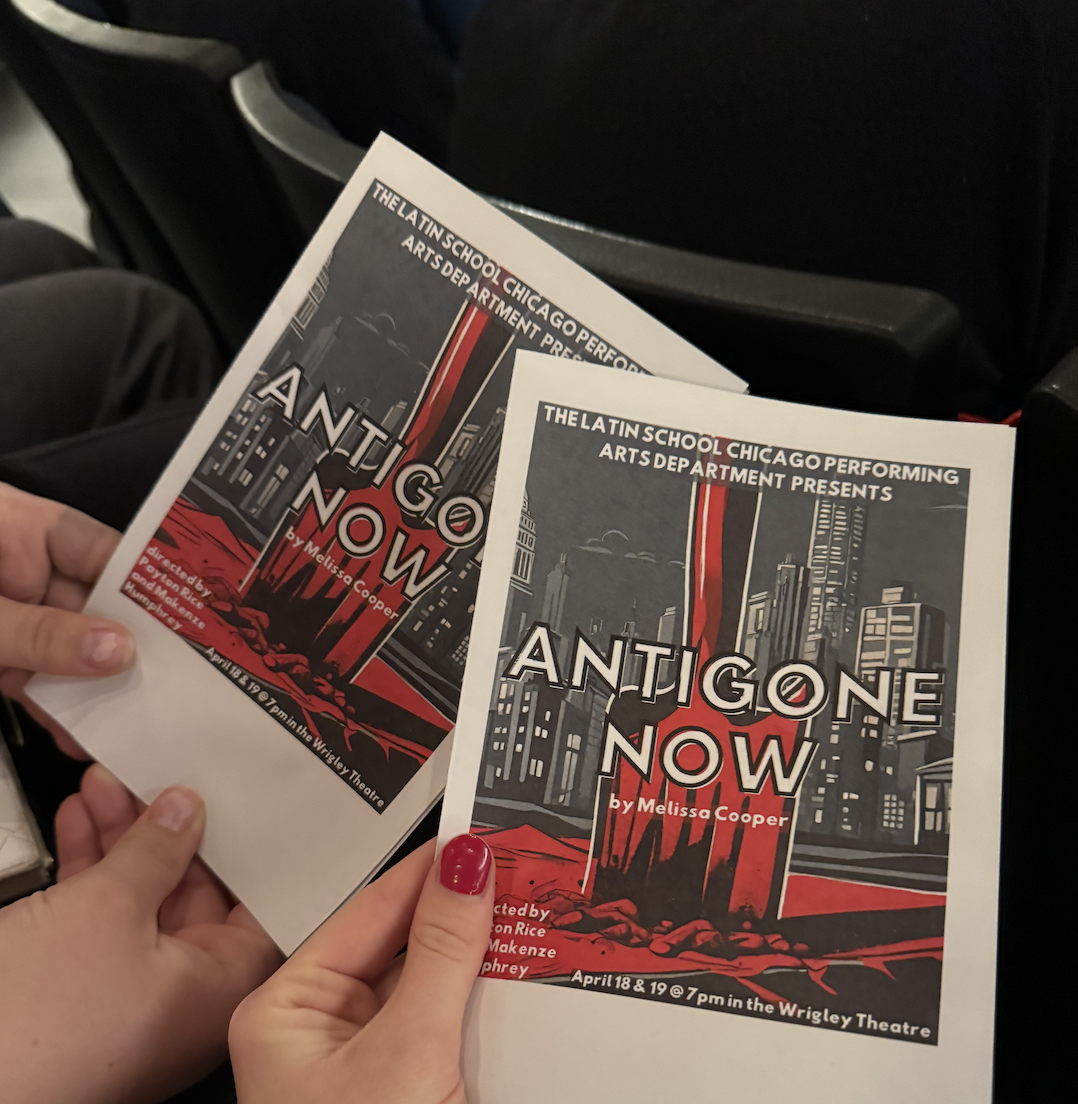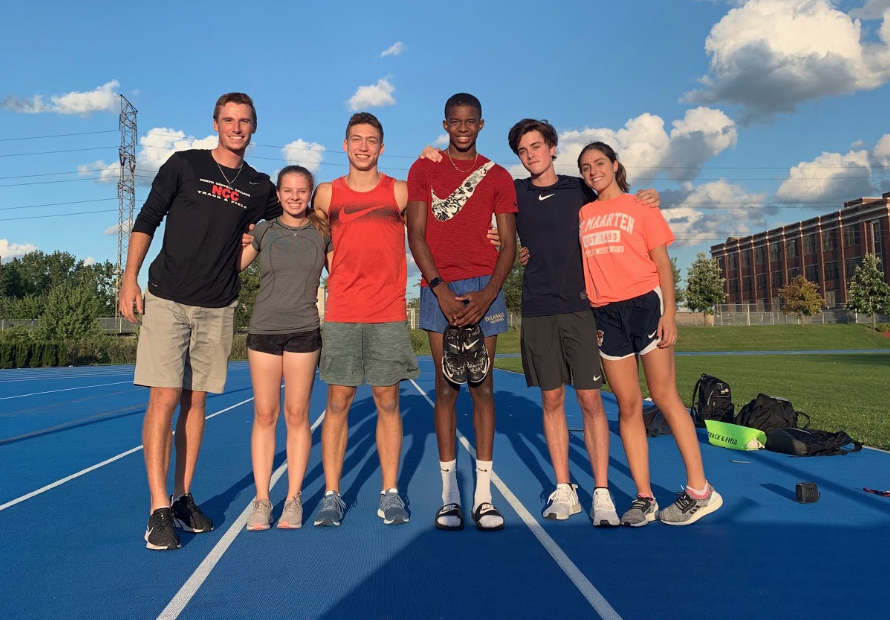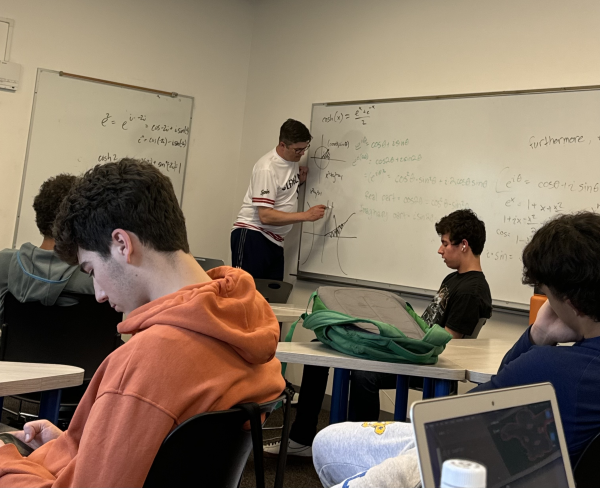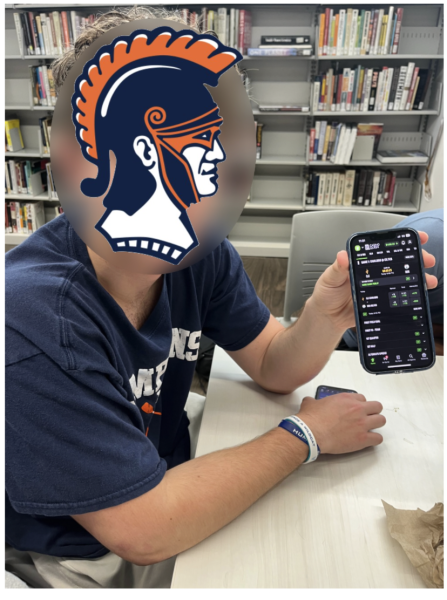What is Pole Vaulting, Anyway?
March 13, 2020
The pole vaulting team, although often overlooked by Latin’s sports fans, could be the Latin track team’s secret weapon. With a grand total of three members, the group trains year-round at the Rise Athletic Club in Shorewood, just east of Joliet. The group is coached by Luke Winder, one of the best pole vaulters in the country, and it desperately seeks new members.
Josie Daab, a junior pole vaulter, explains how it all began. “The pole vault team started with Matthew Bellick and Alessandro Sacchetti… they saw [pole vaulting] at a track meet at one point and the coach from the other team was like, ‘Hey, do you guys want to try this out?’ And after that, they were like, ‘We have to do this.’”
After this epiphany, Matthew and Alessandro started practicing with the Whitney Young team. The runway they used was particularly interesting because, once their original set-up was replaced by an LED sign, their replacement indoor set-up was makeshift. “They made this indoor set-up with these wooden planks that were used as a runway. It was— it was really not safe… At some point, we had to put mats under it to support it so it wouldn’t collapse,” she said.
The team did a pole vault camp during the summer of 2018, where they discovered their current coach, and he agreed to coach the Latin team. The following fall, after they started using a new track and Francesca Sacchetti and Peter Cahillane joined, the pole vault team became what it is today.
With a team of three, what do their competitions look like? They go to meets during the outdoor season, like the rest of the track team, and do their event if it is offered. If not, they participate in other events (usually long jump or triple jump). They also go to meets that offer pole vaulting without the other members of the track team.
Since there are only three of them, and the event, like other “measurable” sports, is all about improving personal bests, they are mostly competing against themselves. Peter Cahillane explained that this is the most difficult aspect of the sport for him. “Every practice we just work on vaulting higher and perfecting technique, and in meets, our main goal is to just to do better than we have done in the past, and it is frustrating when we do worse than before,” he said. However, all that hard work pays off when meets come around.
The meets themselves usually go something like this: first, the athlete will give the organizers their opening bar (the height that they start at). Then, they wait until the bar gets to their opening height. They have three attempts to get over that opening bar. If the athlete succeeds, the pole will be raised in 6-inch increments. This will continue until the athlete misses their third attempt.
Members from the team regularly qualify for state. Josie, for example, qualified for state her freshman year by vaulting over a bar that was 5’6”, which is pretty low by her current standard. She says “It’s mostly because I’m the only girl in the sectional.” Of course, she continues, “We put in a lot of work for it.” The three pole vaulters are assets to the track team because they tend to get so far in their competitions. “If you have people that pole vault on your team, that’s more points for the team, so it helps your team ranking in competitions. Since there are no other pole vaulters in our sectional, we help get more people on the team to state.”
Francesca Sacchetti says that she loves pole vaulting because “our team is really fun. Our coach is really nice and always makes practice a good time. He is able to push us, and always sees potential in us even when we don’t.” Josie says that she likes it “because you can fly” as you launch yourself over the bar.
The team is currently trying to recruit new members, especially freshmen. As Josie—who joined her freshman year—says, “It’s really good to start as a freshman because then you can see if you like it or not, and also because you’ll have a lot more time to improve.” Although the sport may seem unapproachable, Josie explains, “You have to want to do it to be good at it, but, that being said, anybody has the potential to be good at it.”







